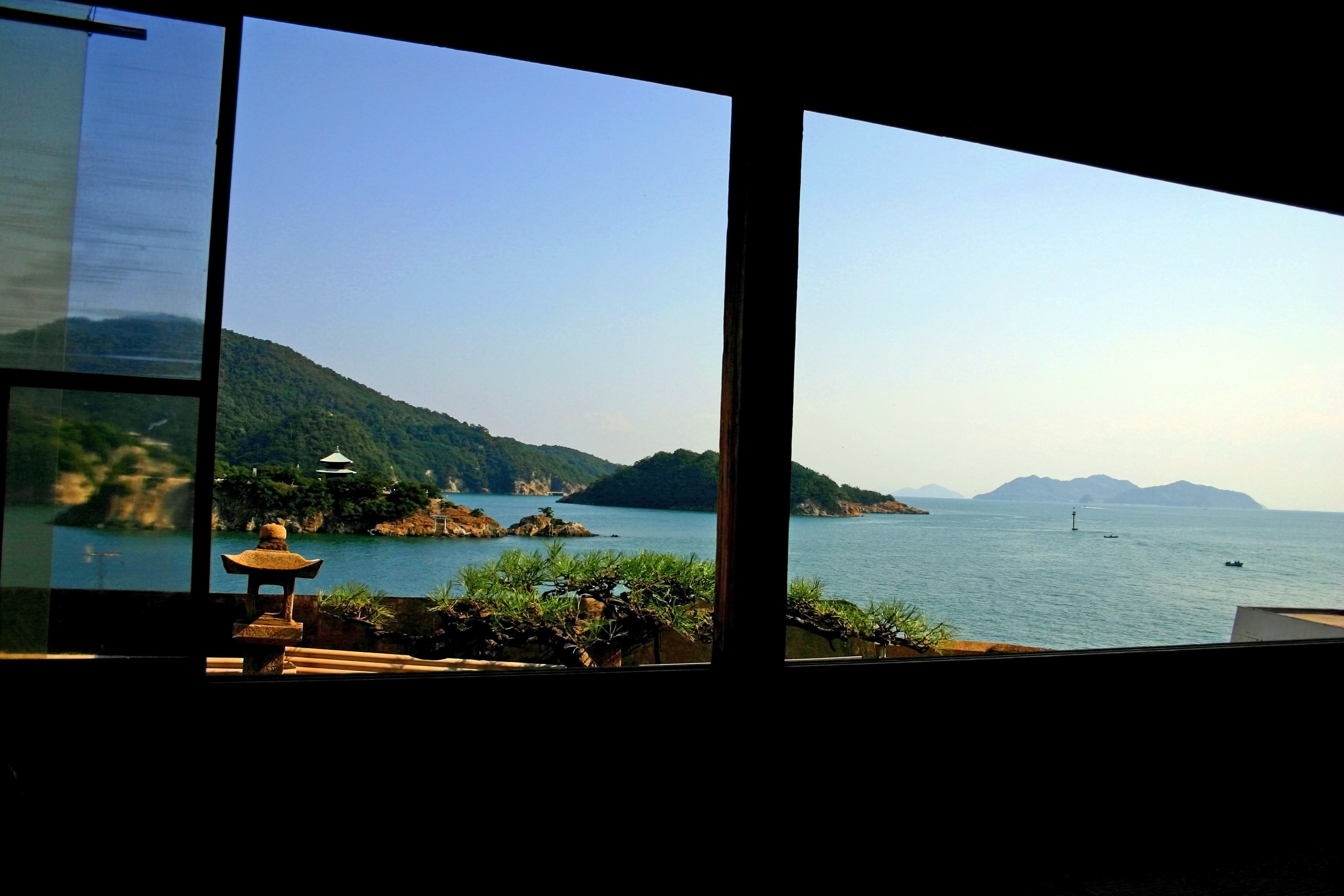The priest from Fukuzenji Temple is sitting cross-legged on a cushion in front of us like a Zen-sage. He has his back to a window of the Taichoro Guesthouse as he explains the significance of the astounding view before us. We are looking out at the nearby islands of Sensuijima and Bentenjima floating in a sapphire sea. On the small eminence of Bentenjima, a two-tiered pagoda pierces the pines like an orange crown, while a tiny torii on the shore lets visitors know the island is sacred.
In 1711, the Korean envoy I-pan-on famously referred to this as "the most beautiful view in Japan." But, continues the priest, "it's not just a pretty view." For centuries it also served as part of a cosmic calendar.
"The positions of the stars and the planets relative to those islands told people when it was time to celebrate the solstice, equinox, October moon and new year," he explains. He then brings out a box of ancient relics — sundials, scales, lanterns, scrolls — a treasure trove of memories spanning hundreds of years. Each object has a tale to tell and he intends to recount them all. But before he can, our guide apologizes and bows — his head nearly touching the tatami — telling him we're out of time. We have to hurry to make way for the next group of visitors, waiting below. The priest makes a confused expression, then shrugs his shoulders. Time? Hurry? Such concepts are alien to his universe.



















With your current subscription plan you can comment on stories. However, before writing your first comment, please create a display name in the Profile section of your subscriber account page.